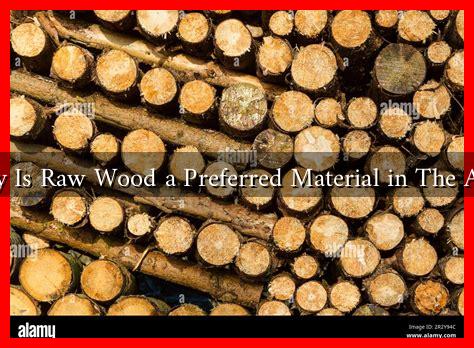-
Table of Contents
Why Is Raw Wood a Preferred Material in The Arts?
Raw wood has long been a favored medium in various artistic disciplines, from sculpture and furniture design to painting and crafts. Its unique properties, aesthetic appeal, and versatility make it an ideal choice for artists and artisans alike. This article explores the reasons behind the popularity of raw wood in the arts, highlighting its benefits, applications, and the emotional connection it fosters between the artist and their work.
The Aesthetic Appeal of Raw Wood
One of the primary reasons artists gravitate towards raw wood is its natural beauty. The organic patterns, textures, and colors found in wood can evoke a sense of warmth and authenticity that synthetic materials often lack. Here are some aesthetic advantages of using raw wood:
- Unique Grain Patterns: Each piece of wood has its own distinct grain, which can add character and depth to a work of art.
- Natural Colors: The hues of wood range from light blondes to deep browns, providing a rich palette for artists to work with.
- Textural Variety: The tactile quality of wood can enhance the sensory experience of a piece, inviting viewers to engage with it on multiple levels.
Versatility in Artistic Expression
Raw wood is incredibly versatile, making it suitable for a wide range of artistic applications. Artists can manipulate wood in various ways, allowing for diverse forms of expression. Some common uses of raw wood in the arts include:
- Sculpture: Artists like Henry Moore and Barbara Hepworth have famously used wood to create stunning sculptures that highlight the material’s natural form.
- Furniture Design: Designers such as Charles and Ray Eames have elevated functional objects into art by using raw wood in innovative ways.
- Mixed Media: Many contemporary artists incorporate wood into mixed media works, combining it with paint, metal, or fabric to create layered narratives.
Environmental Considerations
In an age where sustainability is increasingly important, raw wood stands out as an eco-friendly material. When sourced responsibly, wood can be a renewable resource that minimizes environmental impact. Here are some environmental benefits of using raw wood:
- Carbon Sequestration: Trees absorb carbon dioxide as they grow, making wood a carbon-neutral material when harvested sustainably.
- Biodegradability: Unlike plastic or synthetic materials, wood is biodegradable, reducing long-term waste in landfills.
- Local Sourcing: Many artists prefer to source wood locally, supporting regional economies and reducing transportation emissions.
The Emotional Connection to Raw Wood
Artists often form a deep emotional connection with their materials, and raw wood is no exception. The tactile experience of working with wood can be meditative, allowing artists to engage with their craft on a personal level. This connection can lead to:
- Enhanced Creativity: The process of shaping and manipulating wood can inspire new ideas and artistic directions.
- Storytelling: Each piece of wood carries its own history, which can inform the narrative of the artwork.
- Mindfulness: The physical act of working with wood can promote mindfulness, helping artists to focus and connect with their creative process.
Case Studies and Examples
Several contemporary artists exemplify the use of raw wood in their work. For instance, artist David Nash creates large-scale sculptures from raw wood, emphasizing the material’s natural form and beauty. Similarly, furniture designer Charles Eames revolutionized furniture design by showcasing the aesthetic potential of molded plywood.
Conclusion
Raw wood remains a preferred material in the arts due to its aesthetic appeal, versatility, environmental benefits, and the emotional connection it fosters between artists and their work. As artists continue to explore the possibilities of this timeless medium, raw wood will undoubtedly remain a staple in the creative world. By embracing the unique qualities of wood, artists not only create beautiful works but also contribute to a more sustainable and mindful approach to art-making.


